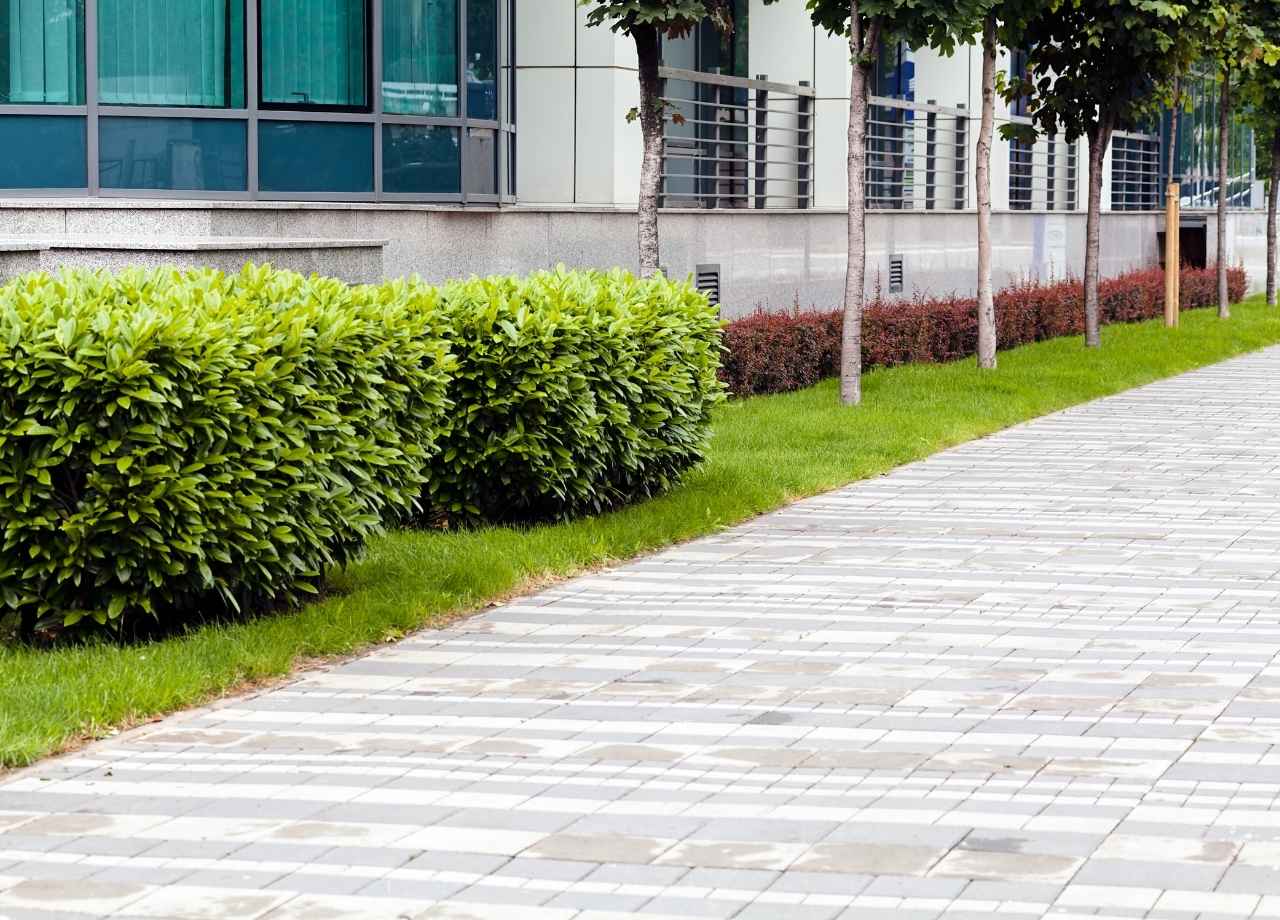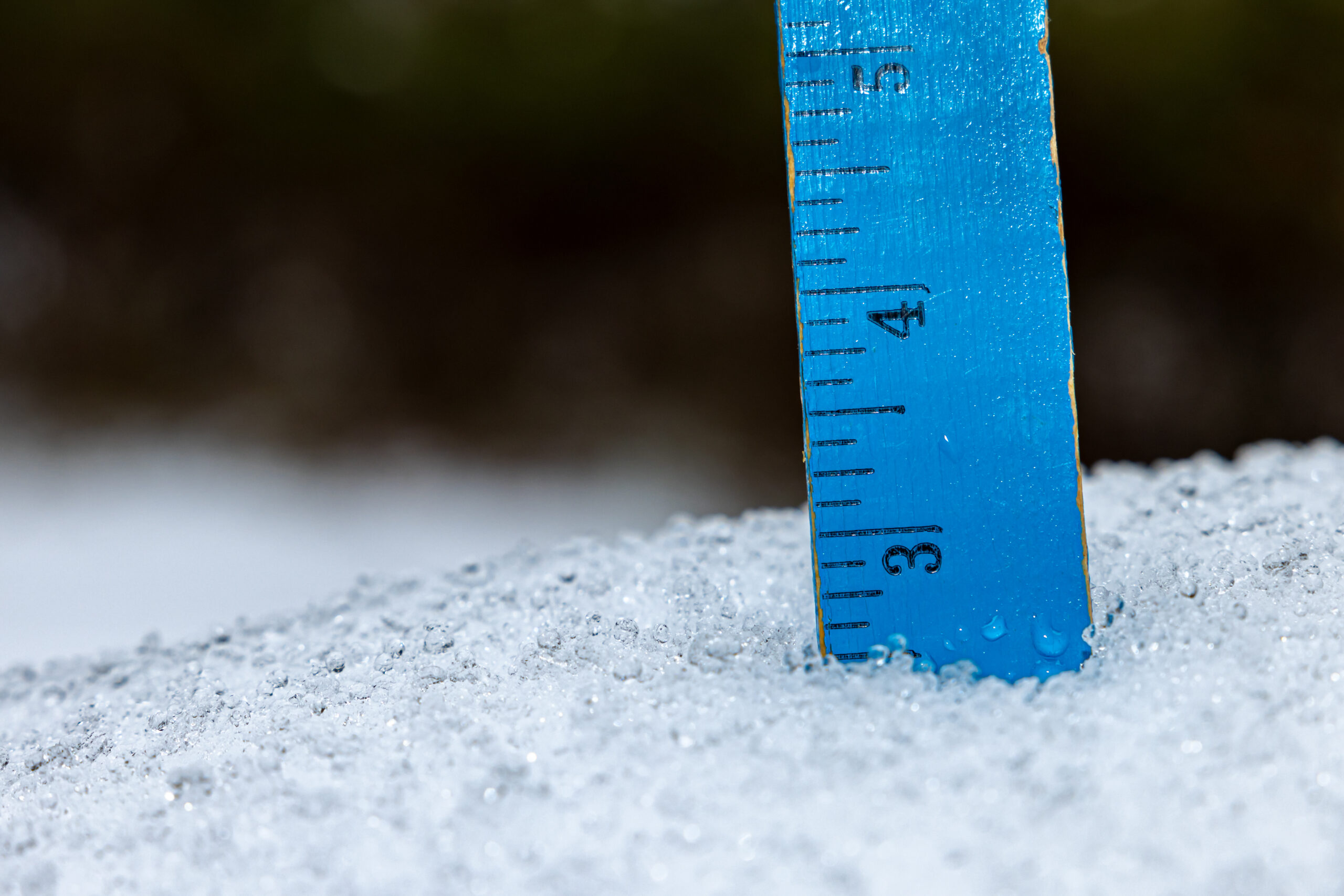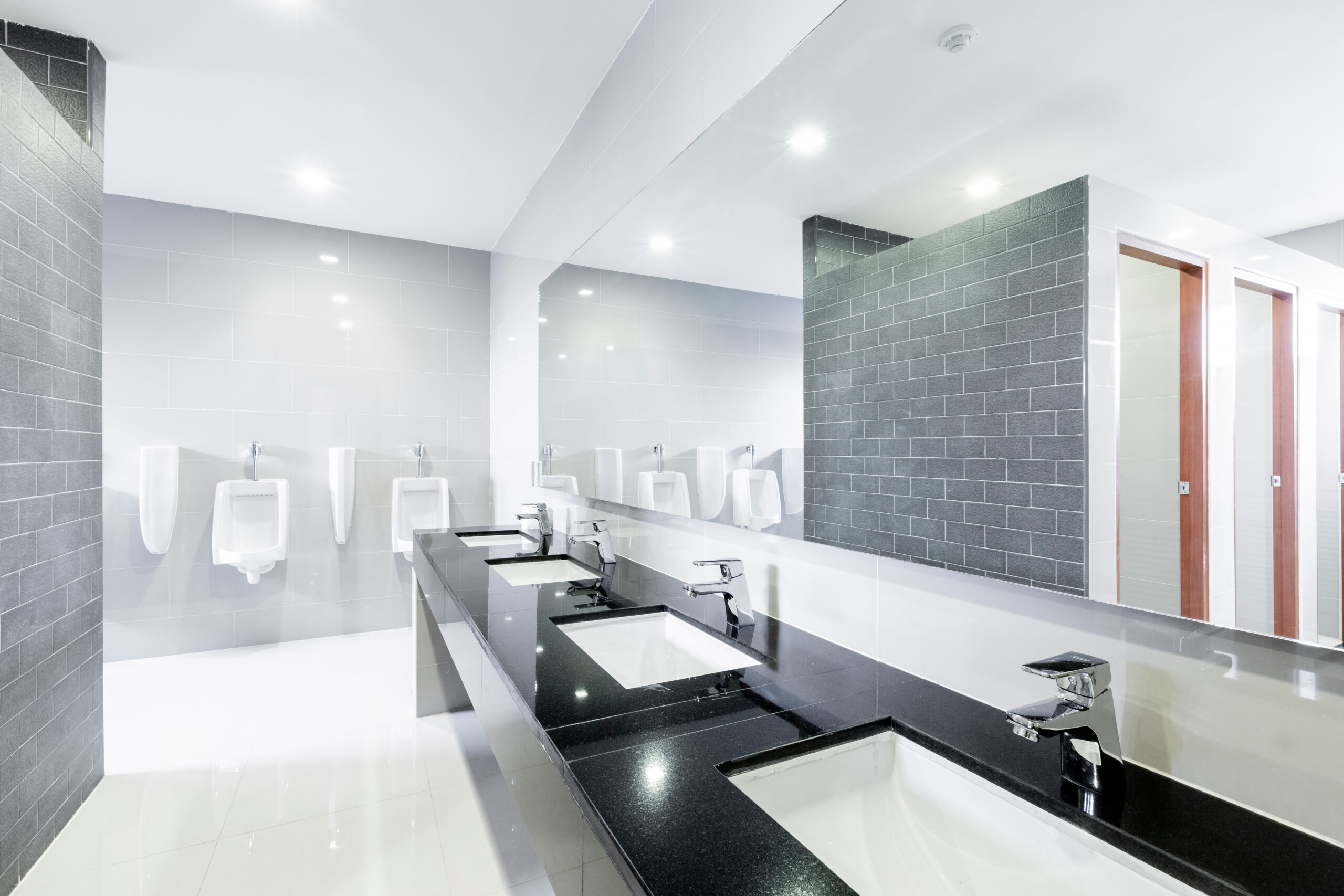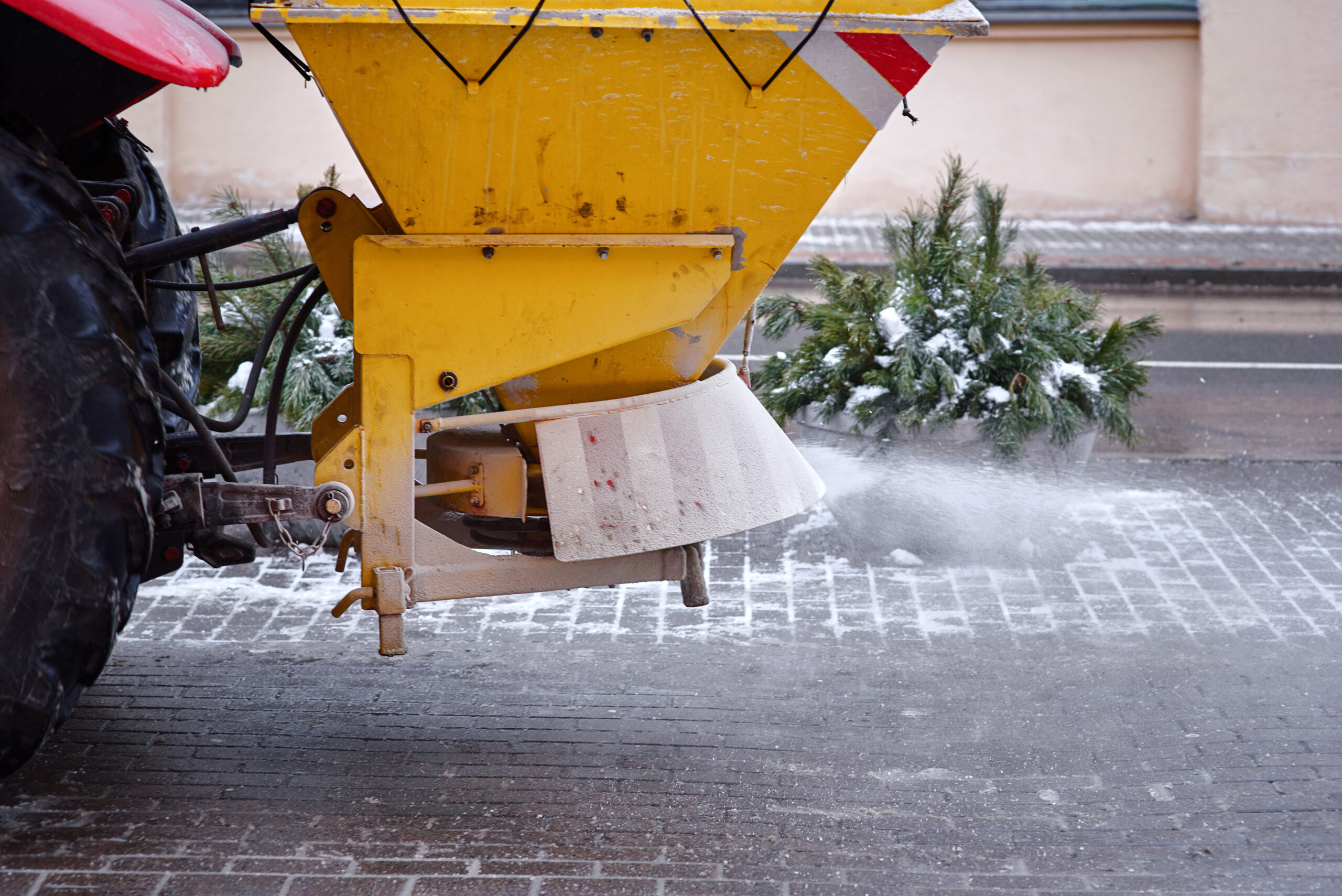Low Water Landscaping Solutions for Commercial Properties
Drought cycles across the U.S. have made water use a constant concern for property owners. Commercial spaces — especially large ones — often rack up high irrigation costs, not to mention pressure from local regulations. A property manager in Phoenix once told me their summer water bill for landscaping was higher than their A/C usage. That wasn’t unusual, especially when they were still using turf grass in full sun areas.
Shifting to low water planting and irrigation strategies saved them tens of thousands of dollars annually, and the property still looked professionally maintained.
Here’s what worked for them and what continues to work for many others looking to cut down on water use without sacrificing curb appeal.
Ditch the Lawn, Keep the Green
Grass demands more water than any other feature in commercial landscaping. Even drought-tolerant species like Bermuda or Zoysia still need frequent watering to stay green in hot regions. Most office parks and retail properties don’t actually use the lawn areas for anything but visual appeal.
Swapping grass for groundcovers like Lantana montevidensis, Dymondia margaretae, or creeping thyme dramatically reduces water needs. These plants spread out, suppress weeds, and require much less trimming and maintenance.
Gravel, Mulch, and Hardscape as Primary Elements
Hardscape and inorganic ground cover reduce water use without looking barren. Gravel pathways, decomposed granite borders, and boulder groupings break up open spaces, help with erosion control, and provide visual interest.
Using mulch around shrubs and tree bases helps retain moisture, preventing evaporation from wind and sun exposure. Organic mulches also reduce soil temperature, helping roots stay cooler in summer.
One caution: rubber mulch, while long-lasting, tends to heat up and isn’t ideal near delicate or shallow-rooted plants. Wood mulch and bark chips are better choices for plant health, though they may need periodic top-ups.
Group by Water Need, Not Aesthetic
Most irrigation systems treat the whole property the same, which wastes a lot of water. Plants that need more moisture get under-watered, while drought-tolerant ones get soaked unnecessarily.
Cluster plants with similar watering needs. Shrubs with moderate thirst levels should be grouped separately from desert natives with smart controller adjusted irrigation schedules for each group.
Those small changes can cut overall water usage by 40% and improve plant health across the board.
Switch to Drip Irrigation Systems
Traditional spray systems lose a lot of water to wind, runoff, and evaporation — especially during hot afternoons. Drip irrigation delivers water directly to the root zone, minimizing loss and promoting deeper root systems.
Retrofits don’t have to mean a total overhaul. Existing systems can often be converted using adapters and emitters. This allows gradual transitions over time.
Drip also makes it easier to target individual plants, so you’re not watering a large zone just to keep one shrub alive. In areas like California, some municipalities now offer rebates for converting to drip systems.
Choose Native and Adaptive Plants
Native plants evolved to thrive in local conditions. They’re already built to handle the soil type, rainfall patterns, and temperature swings without constant care. Adaptive species — non-natives that perform well under local conditions — can also fill visual or functional gaps.
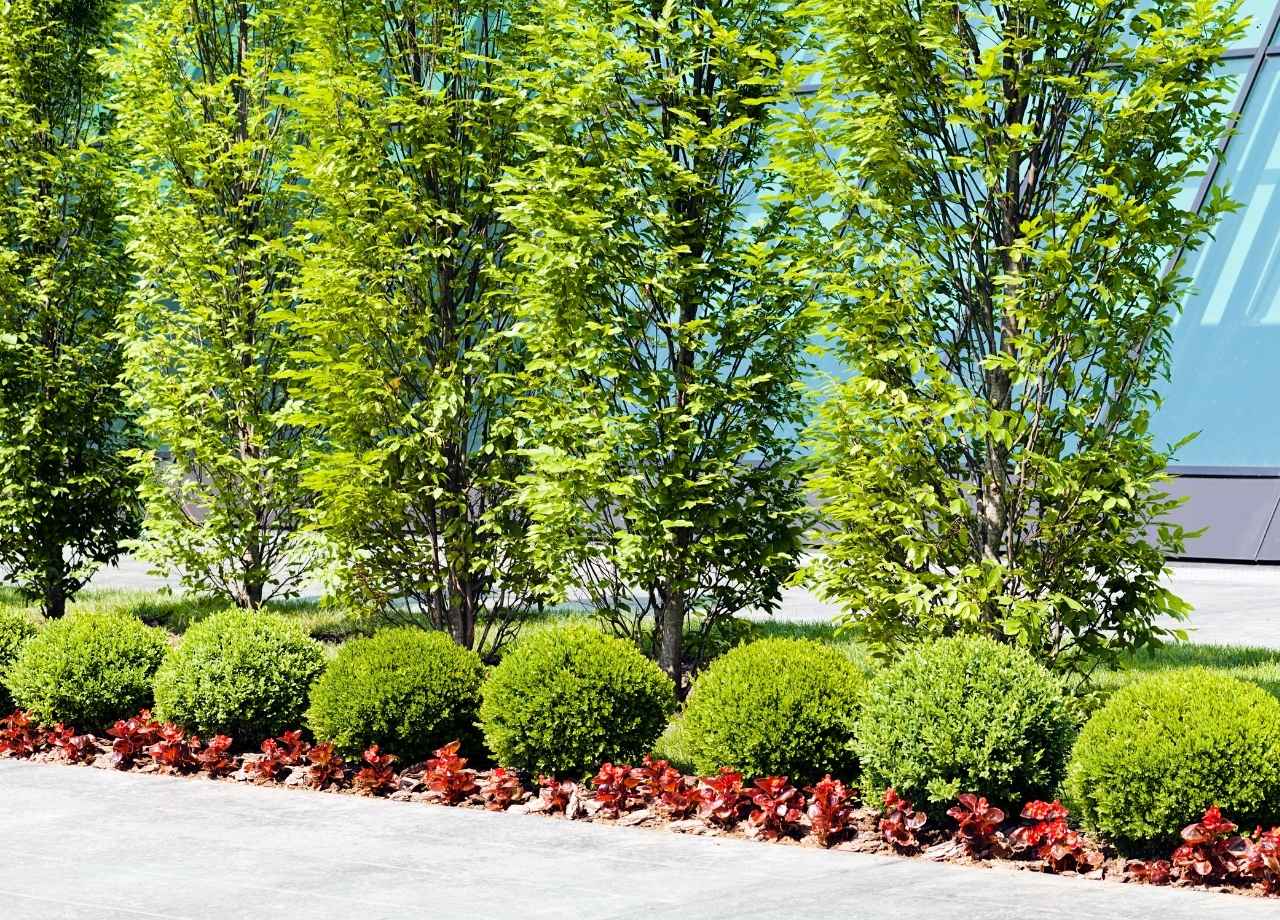
Avoid over-planting — dense layouts often lead to overcrowding and more competition for limited resources. Give each plant its space and enough airflow to reduce stress and disease.
Use Technology to Track and Adjust Water Use
Smart irrigation controllers use weather data, soil moisture levels, and even plant type to optimize water delivery. These aren’t gimmicks. A property owner in Southern California with 10 acres of commercial grounds saw an annual savings of over $12,000 after installing smart controllers across the site.
Some systems even allow remote access via smartphone apps, letting facilities teams make adjustments based on seasonal changes or system alerts. Leak detection sensors can prevent thousands of gallons of water loss due to unnoticed broken lines.
Look for systems that integrate with local weather stations or offer predictive watering schedules. These make the most of limited irrigation windows and comply with drought regulations.
Rainwater Harvesting and Greywater Use
In areas where it’s legal, redirecting roof runoff into irrigation cisterns makes sense. Commercial roofs can collect thousands of gallons during a single storm. That water can be filtered and stored for use during dry periods.
Greywater — recycled from sinks and HVAC condensation — is another underused source. Proper treatment and filtering are essential, but newer systems make this easier and safer than it used to be. Not all jurisdictions allow greywater use, so this solution depends heavily on local ordinances.
Seasonal Plant Selection and Rotation
Perennials that go dormant during dry seasons can help reduce water demand. Not every plant needs to bloom year-round. In regions with wet winters and dry summers, plants that thrive during the rainy season can carry visual weight when irrigation systems are off.
Rotating annuals in key visual spots — like entryways — allows properties to use water strategically where it matters most. Relying on perennials and evergreens elsewhere keeps maintenance and watering low.
Educating the Maintenance Crew Makes a Big Difference
No change in planting or irrigation will work if the maintenance team sticks to old habits. Over-watering is one of the most common problems on commercial sites, often done “just in case.”
Facilities managers should involve the landscaping team early when switching to low water systems. Clear watering schedules, plant identification guides, and periodic reviews help prevent guesswork. Teams that understand plant needs are more likely to maintain the intended water savings.
A good crew can also spot leaks, clogged emitters, or plant stress before they become expensive problems.
The Right Partner Makes Implementation Smoother
From smart irrigation upgrades to plant selection, National Facility Contractors works with property managers to implement water-saving landscape strategies that reduce utility spend and maintain site appeal—across campuses, multi-tenant sites, and nationwide portfolios.
Final Thought: Start with One Section, Then Expand
Trying to convert an entire property at once can feel overwhelming. Start small — one bed, one courtyard, one parking lot strip. Monitor results, take notes, adjust the strategy.
In many cases, the savings from one section can help fund improvements in the next. Once management sees the lower water bills and positive tenant feedback, they’re more likely to support larger rollouts.
With rising utility costs and growing pressure to cut environmental impact, low water landscaping isn’t a trend — it’s quickly becoming the standard for commercial properties that want to stay efficient and attractive.

